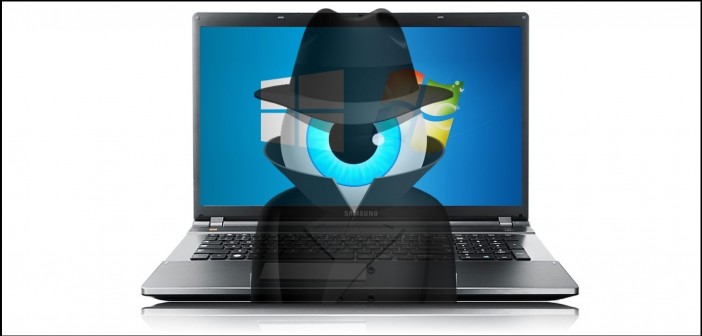Microsoft fools users into believing they aren’t being spied on by renaming data tracking device
12/11/2015 / By Chris Draper

In late July, Microsoft Windows 10 took the world by storm, as more than 14 million devices downloaded the software. Although most people were thrilled when the new version of Windows came out, the introduction of a background tracking device called DiagTrack has many people fearing for their privacy.
Microsoft withdrew downloads for its most recent version of Windows 10 – version 1511 – after it interfered with people’s privacy settings and enabled advertisers to obtain user identity. After the November MCT version disappeared over the weekend, it forced users to download the July version, which has its own glitches.
“Recently we learned of an issue that could have impacted an extremely small number of people who had already installed Windows 10 and applied the November update,” a spokesperson told The Register on Tuesday.(1)
“Once these customers installed the November update, a few of their settings preferences may have inadvertently not been retained. For these customers, we will restore their settings over the coming days and we apologize for the inconvenience. We worked to resolve the issue as quickly as possible – it will not impact future installs of the November update, which is available today.”(1)
Keeping tabs on your every move
Windows 10 tracks your every move the moment you turn on your computer. The company saves customer information including names, credit card data and private passwords, supposedly to improve its services. Microsoft also reserves the right to share your information with unidentified third-party services. In addition, hackers could steal the information gathered by Microsoft.
But it gets worse. This year, Microsoft announced a new tracking service called DiagTrack, otherwise known as the Diagnostics Tracking Service. It was added to Windows 8.1 installations in addition to betas of Windows 10. It didn’t receive much traction by users, when it was introduced in May 14 in the form of a patch, KB3022345.(2)
It was one of the most recent chicanery tactics implemented by Windows behind closed doors. The information the DiagTrack collected was characteristic of a spyware program: the only way you could know if you were being monitored was by reviewing the list of running processes in Task Manager, as Microsoft noted:
“Examples of data we collect include your name, email address, preferences and interests; browsing, search and file history; phone call and SMS data; device configuration and sensor data; and application usage.”(2)
Microsoft tricks public by renaming spyware technology
Users were under the false impression that the latest version of Microsoft 10 did not contain DiagTrack. On the contrary, Microsoft simply renamed it. The tracking app was replaced by the “Connected User Experiences and Telemetry Service.” This device must be disabled manually through the ‘services control panel.’
Microsoft spent millions of dollars tarring and feathering Google as a morally bankrupt company. To some extent this was true, and Microsoft did occupy the moral high ground. Nevertheless, these recent tactics illustrate that Microsoft has fallen from their moral pedestal and is not safe for consumer privacy.
If you have the latest version of Microsoft Office, it’s possible to opt out of these privacy intrusions. Go to the setting on your computer, click privacy and turn off anything that looks intrusive. There should be 13 screens that cover different aspects of your computer, like apps and message details.(3)
Microsoft 10 received glowing reviews from its customers when it first made its way onto the scene. Given these recent revelations, however, Microsoft 10 ought to be called out for what it really is – a malicious piece of spyware promulgated by Big Brother.
Sources include:
(3) Glitch.news
Tagged Under: cyberwars.news, DiagnosticsTrackingService, Microsoft10


















